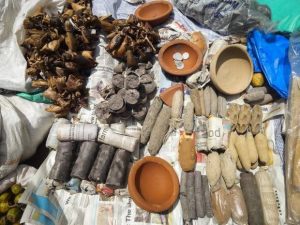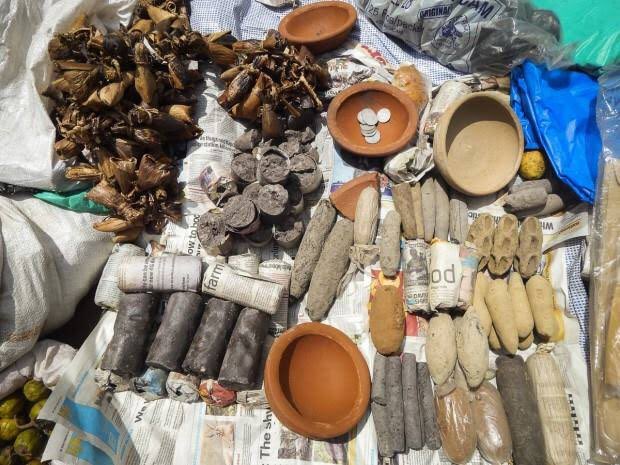Uganda Today: According to Dr. Eve Nakato @dr_evenakato she says there is no approved research to attest to the efficacy of a Mumbwa

However, I can provide a general analysis of the use of medicinal herbs embedded in clay or other traditional practices. The efficacy of such remedies can vary based on several factors:
- Cultural and Traditional Knowledge:
- Many communities have a rich history of using herbs and natural substances for medicinal purposes. Traditional knowledge often plays a significant role in the perceived efficacy of such remedies.
- Bioactive Compounds:
- The effectiveness of medicinal herbs depends on the presence of bioactive compounds with therapeutic properties. Some herbs contain compounds that have scientifically proven medicinal benefits.
- Scientific Research:
- While traditional knowledge is valuable, scientific research helps validate the efficacy of medicinal practices. Studies on specific herbs and their bioactive compounds can provide insights into their pharmacological effects.
- Clay as a Carrier:
- The use of clay as a carrier for medicinal herbs may have certain benefits. Clay can act as a vehicle for delivering active compounds, providing a slow-release mechanism or enhancing absorption.
- Cautions and Side Effects:
- It’s essential to consider potential side effects or interactions with other medications. Traditional remedies may not always be suitable for everyone, and consulting with healthcare professionals is advisable.
- Standardization and Quality Control:
- Standardization of herbal remedies involves ensuring consistent quality and potency. Lack of standardization can lead to variations in the effectiveness of herbal preparations.
- Regulatory Approval:
- In some regions, herbal remedies may not undergo the same rigorous testing and regulatory processes as pharmaceutical drugs. The absence of regulatory approval may raise concerns about safety and efficacy.
- Individual Variation:
- Responses to herbal remedies can vary among individuals. Factors such as genetics, underlying health conditions, and lifestyle can influence how effective a particular remedy is for a person.
Yes this is Uganda!
The beautiful Secretary Bird found in Murchison National Park
The fast Ostrich found in Kidepo Valley National Park
The Crane also known as the Crested Crane, a National Bird in Uganda mainly found in swampy areas
Uganda is famous for bird watching and a habitat of 1090 bird species
+256 702 239 337 WhatsApp
Tel +256 772 500 640
Email: cmkmediasolutions@gmail.com
*#VisitUganda*
*#Tulambule*
- Responses to herbal remedies can vary among individuals. Factors such as genetics, underlying health conditions, and lifestyle can influence how effective a particular remedy is for a person.
In conclusion, while traditional remedies, including medicinal herbs embedded in clay, may have cultural significance and anecdotal evidence supporting their efficacy, it’s crucial to approach them with a balanced perspective. Integrating traditional knowledge with scientific research and ensuring proper quality control are essential for a comprehensive understanding of their effectiveness and safety. If you’re considering using such remedies, it’s advisable to consult with healthcare professionals for personalized advice.

